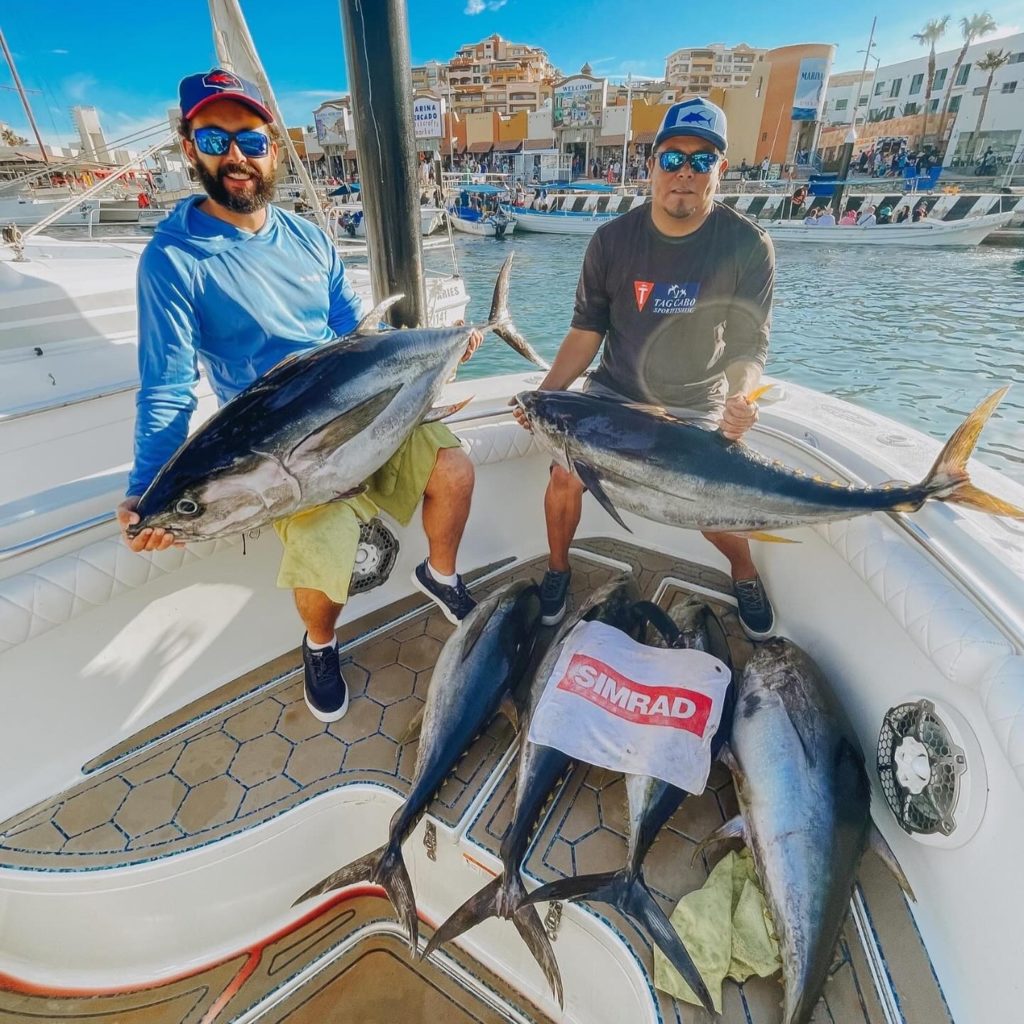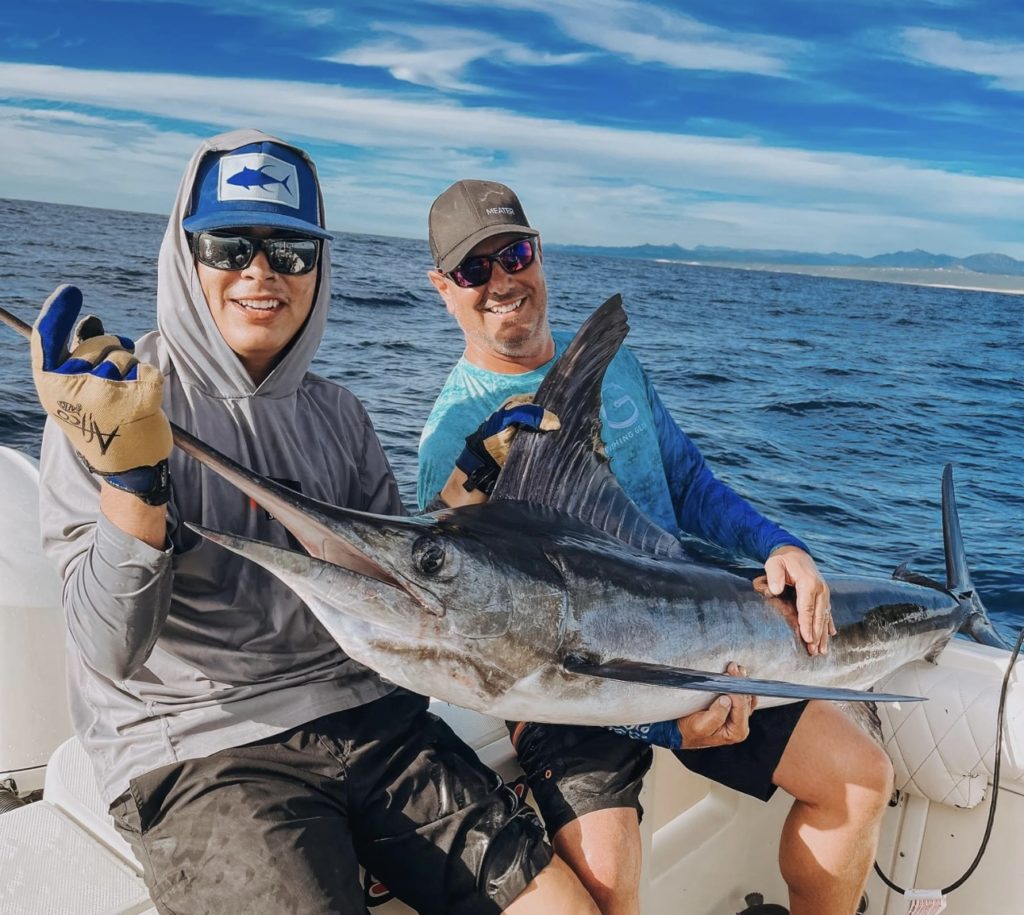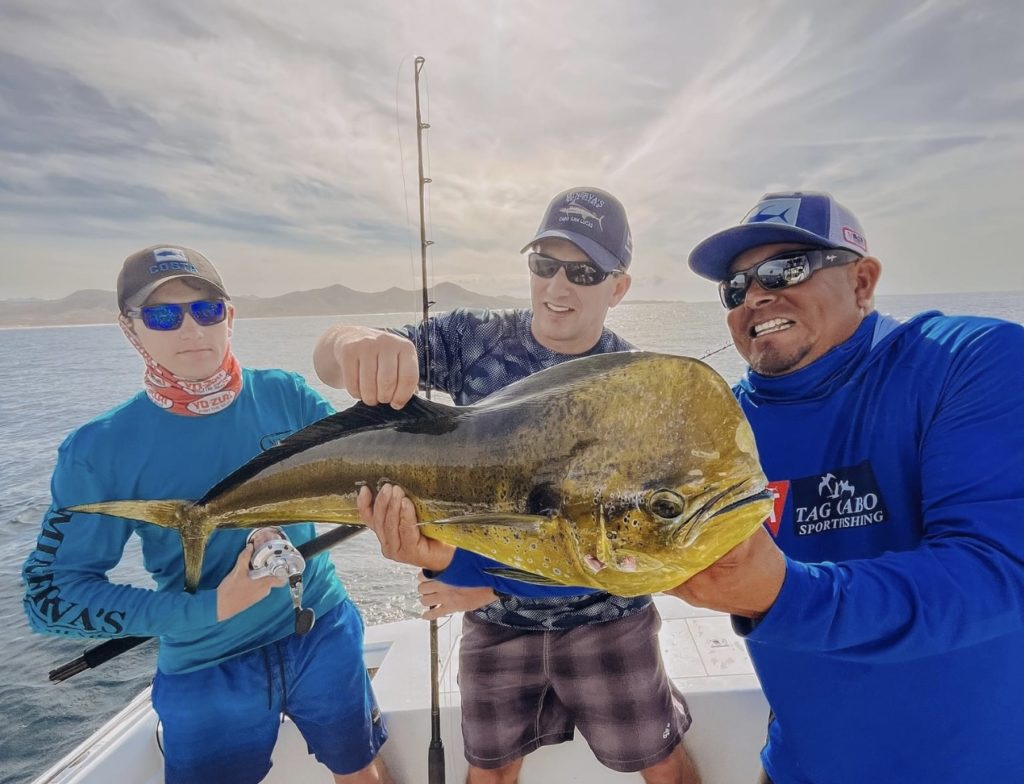Choosing the Right Leader for Saltwater Fishing: Material, Length, and Tips
In saltwater fishing, using the right leader can make a significant difference in your success rate. The leader, the part of the fishing line that actually connects the hook to the main line, is crucial for both presenting the bait naturally and protecting your line from sharp-toothed fish. This blog will explore the best types of leaders for saltwater fishing and advise on the optimal lengths for various fishing scenarios.

Why is the Leader Important?
The leader serves several critical functions in saltwater fishing:
- Protection: It prevents the main line from being cut by sharp teeth, abrasive mouths, or rough underwater structures.
- Invisibility: Clear leaders are less noticeable to fish, which can be wary of anything unusual.
- Shock Absorption: During fierce fights, the leader can absorb sudden shocks, reducing the risk of the line breaking.
Best Leader Materials
- Monofilament Leaders: Made from a single strand of material, monofilament leaders are great for their stretch and forgiveness. They are less visible underwater and are best used when you need a stealthier presentation.
- Fluorocarbon Leaders: These leaders are virtually invisible underwater and are highly resistant to abrasion, making them ideal for targeting species in clear waters and around sharp structures.
- Wire Leaders: Essential when targeting toothy predators like mackerel, barracuda, or sharks, wire leaders prevent cutting and ensure your catch doesn’t swim away with your gear.

Optimal Leader Length
The length of your leader depends on several factors including the clarity of the water, the targeted fish species, and the fishing technique:
- General Saltwater Fishing: A good starting length is about 24 to 36 inches. This length is versatile enough for various types of fish and waters.
- Clear Water Conditions: In clear waters, a longer leader (up to 6-8 feet) can be more effective as it keeps the bulk of the fishing line further away from the lure or bait, making it less visible to cautious fish.
- Fishing for Toothed Fish: When targeting species with sharp teeth, a shorter but stronger leader, often made of wire, about 12 to 24 inches long, is advisable to withstand bites but also prevent the fish from noticing it.
- Deep Sea and Trolling: For these methods, leaders can be even longer, from 10 to 20 feet, depending on the depth and the fish species. Longer leaders can handle stronger currents and deeper waters without compromising the natural presentation of the bait.
Tips for Choosing and Using Leaders
- Match the Leader to the Main Line: Ensure the strength of your leader is appropriate for the type of main line you’re using. Overly heavy leaders can hamper your line performance.
- Regular Inspection and Replacement: Saltwater and physical strain can wear down your leader. Regularly inspect for nicks and abrasions, and replace it as necessary to avoid losing your catch.
- Practice Knots: The knots connecting your leader to the line and hook are critical. Practice tying secure knots like the Double Uni Knot or the Albright Knot for reliability.

Conclusion
Selecting the right leader and determining the proper length are foundational skills in saltwater fishing. By understanding the unique challenges of your fishing environment and the behaviors of your target species, you can choose a leader that maximizes both your bait presentation and your rate of success.
Engage with Us
Do you have a go-to leader setup for your saltwater fishing adventures? Share your setups and tips in the comments below. Stay hooked by subscribing for more insights and fishing techniques!
